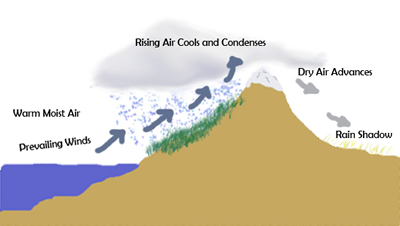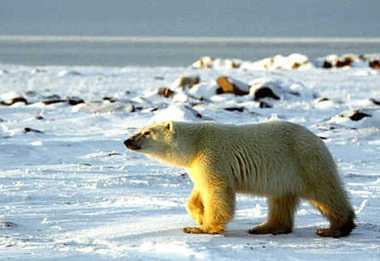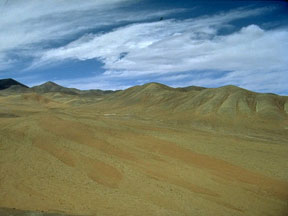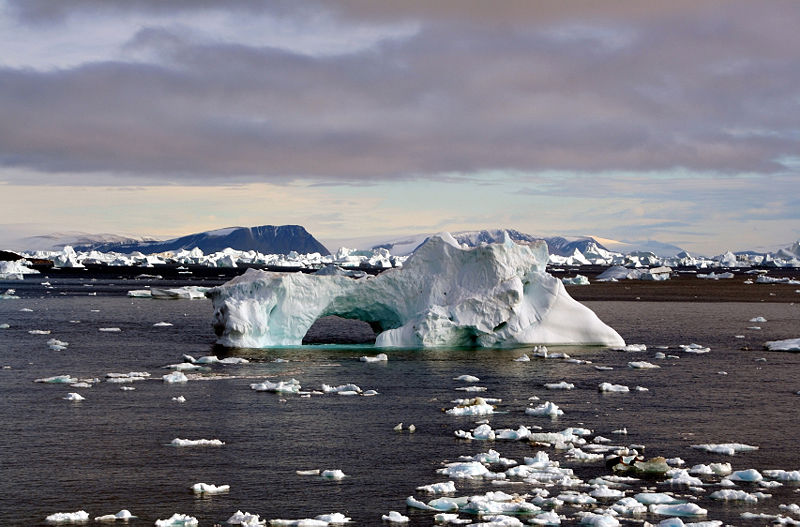Click on image for full size
Kottek et al., 2006
Regional Climate
The average temperature, precipitation, and winds at a location determine its regional climate. These average weather conditions are determined by factors including the latitude and altitude of the region, its surface, large scale motions of the atmosphere and ocean, and how close the region is to large bodies of water.
Regional climate is closely tied to latitude, because energy received at the surface of the Earth from the Sun is most direct at the equator and most indirect at the poles.
Another major factor determining the regional climate is the altitude of a region. In the Earth's troposphere - the lowest level of the atmosphere - temperature usually decreases with height, so that as you increase in altitude, the temperature decreases.
Topography, proximity to large bodies of water, and atmospheric and oceanic circulation patterns also have a significant impact on regional climate. For example, the presence of a mountain range will frequently produce a "rain-shadow desert" on the downwind side of mountain range.
Water is very effective at storing energy. Because of this, areas near the ocean or large lakes tend to have more pleasant climates than regions that are far from large bodies of water. This makes regions near the coast have less change in temperature over the year than regions near the interior of continents, far from the ocean.
Large scale motions in the ocean and atmosphere similarly can impact regional climate. One example is the Gulf Stream, which carries warmth from the Caribbean up the Atlantic seaboard and up toward northern Europe. The Gulf Stream is responsible for making the regional climate in the United Kingdom much warmer than would otherwise be expected at that latitude.
Regional climates have a strong influence on the plants and animals that can live in a particular area. Plants and animals have adapted to specific environmental conditions, so that while they might do well in some regions, they may not be able to survive in others. For example, polar bears love the high Arctic, but would not survive long in the Atacama Desert. Tropical plants thrive in the hot and humid tropics, but can't survive in the winter outside in areas where the temperature drops below freezing.
In order to categorize regional climates, climate classification schemes have been developed. The figure shows one regional climate classification scheme developed by Wladimir Köppen originally in 1884.















